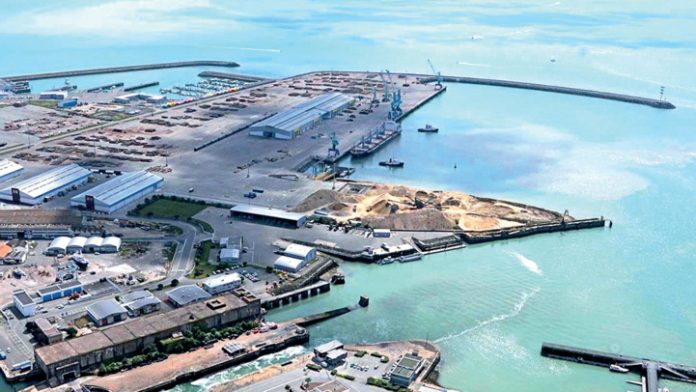Africa holds immense maritime potential, with over 30,700 kilometers of coastline, countless navigable rivers, and a wealth of inland lakes. In theory, the continent could emerge as a major global logistics hub. But in practice, its maritime infrastructure still falls far short of that promise. According to a new report on regional integration by the UN Economic Commission for Africa, the African Union Commission, and the African Development Bank, Africa’s maritime transport system remains underdeveloped and inefficient—posing a serious obstacle to the continent’s economic integration.
Although sea transport currently supports more than 20% of intra-African trade, the report paints a stark picture of its limitations. The 65 commercial ports across the continent, linked by 142 regular shipping routes, are plagued by delays and inefficiencies. On average, goods remain stuck in port for more than two weeks—compared to less than one week in Asia, Europe, or Latin America. Handling costs are roughly 50% higher, and the average shipping time is nearly 28 hours, three times longer than in North America. These structural shortcomings are a major challenge, especially as the African Continental Free Trade Area (AfCFTA) aims to boost inter-African commerce.
Against this backdrop, Morocco stands out as a rare success story. Over the past two decades, the country has pursued an ambitious port development strategy that has positioned it as a key player in global maritime logistics. With over 3,500 kilometers of coastline and a strategic location at the crossroads of the Atlantic and Mediterranean, Morocco has leveraged geography and planning to reshape its maritime destiny. The jewel of this transformation is the Tanger Med port—a state-of-the-art hub that has become Africa’s top container port and one of the 25 busiest in the world.
Tanger Med connects to more than 180 ports across 70 countries, offering speed, efficiency, and competitive operating costs that put it on par with major ports in Asia and Europe. Its performance stands in sharp contrast to the African average and has allowed Morocco to capture traffic that might otherwise have flowed through European ports due to the inefficiencies elsewhere on the continent.
But Morocco’s strategy doesn’t end with Tanger Med. The ports of Casablanca and Jorf Lasfar remain critical to the national and regional economy, while new infrastructure is steadily expanding the country’s reach. Projects like Nador West Med, currently under development, will offer a strategic entry point on the eastern Mediterranean, while the upcoming Dakhla Atlantique port aims to open up Morocco’s southern gateway to West Africa and support development in the southern provinces. These efforts are bolstered by continuous investment in logistics networks and industrial zones surrounding port facilities.
The stakes for Morocco are high. Domestically, port modernization is key to driving economic competitiveness by reducing transportation costs and enhancing supply chain reliability. Regionally, Morocco is positioning itself as a bridge between Africa, Europe, and Asia—an increasingly attractive logistics platform for global investors seeking access to African markets without the burden of inefficient infrastructure.
The contrast with other major African ports is striking. Important hubs like Lagos, Durban, and Mombasa continue to struggle with administrative delays, logistical bottlenecks, and high costs. Morocco, on the other hand, has prioritized automation, integration, and operational fluidity—making its ports more attractive to companies looking for a foothold in Africa while maintaining global connectivity.
As the continent moves toward deeper economic integration, Morocco is emerging as a vital maritime link. Tanger Med and the country’s expanding port network demonstrate that it’s possible to meet—and even exceed—international standards from within Africa. The challenge ahead will be to build on this lead by connecting more effectively with other African logistics networks, ensuring that Morocco doesn’t just serve as a transit hub, but as a core driver of regional trade under the AfCFTA.





